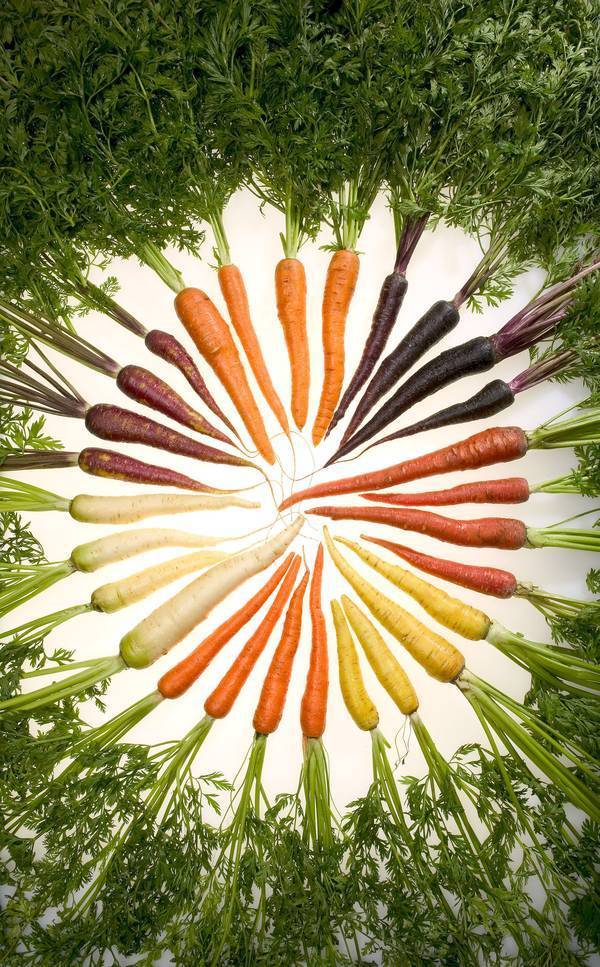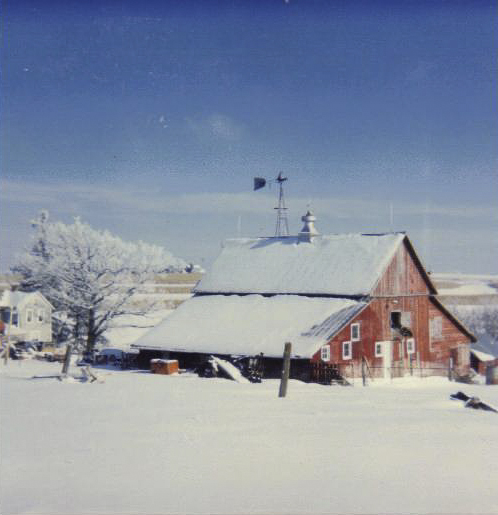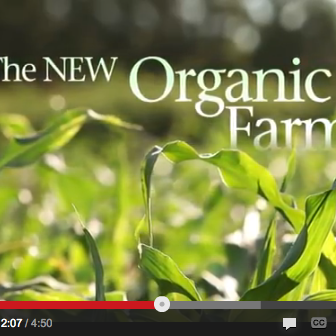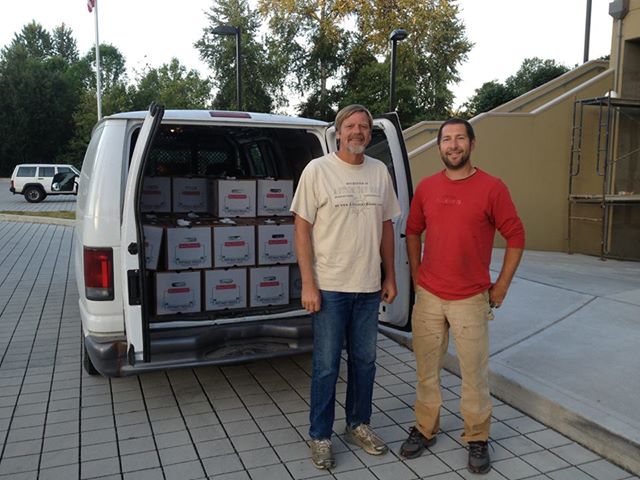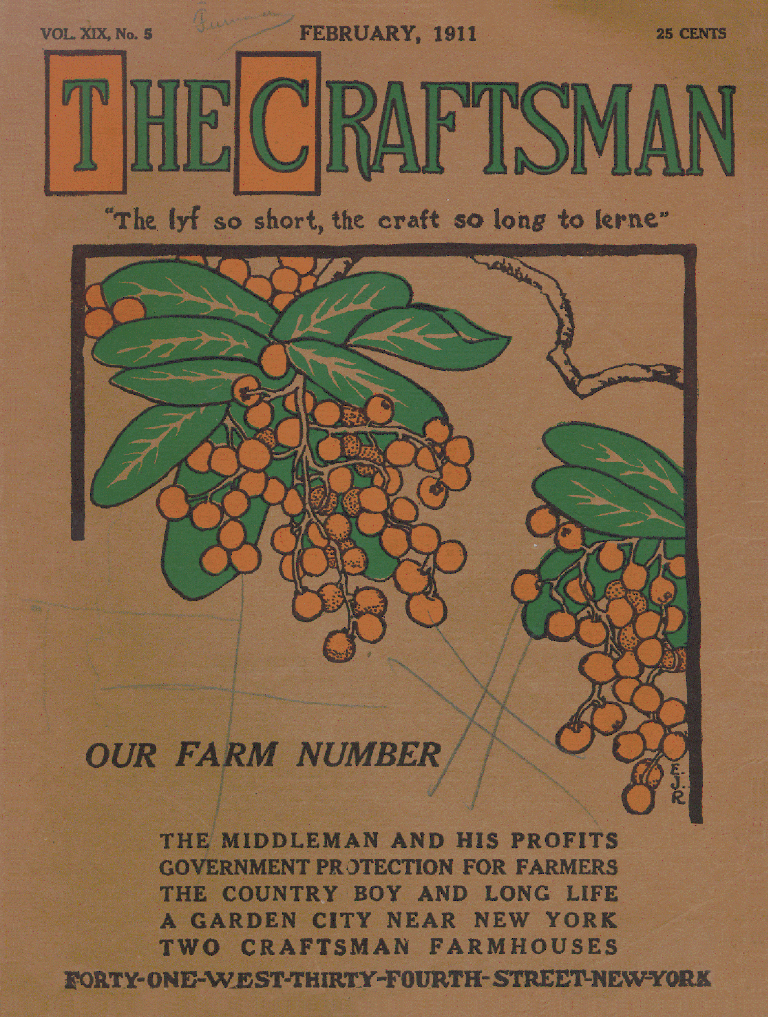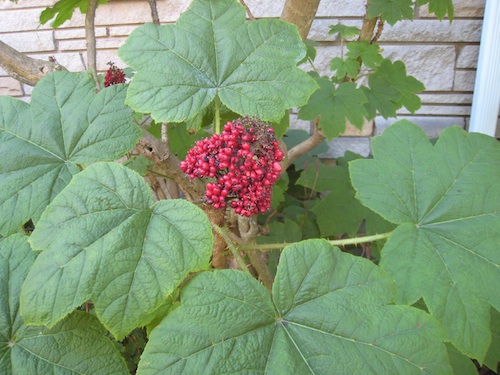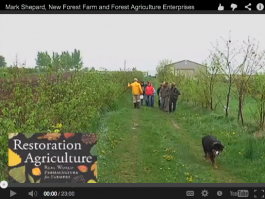Eating on the Wild Side by Jo Robinson
Jo Robinson – not a next-door neighbor, but a neighbor nonetheless – lives on Vashon Island in the middle of Puget Sound. Until this year, Jo was known as a grass-fed beef expert for her research and collection of data about the nutritional value of beef raised on grass rather than grain. With the publication of Eating on the Wild Side, Jo turned her expertise to fruits and vegetables in order to “reclaim the nutrients and flavor we’ve lost” over millennia of natural selection and selective breeding.

